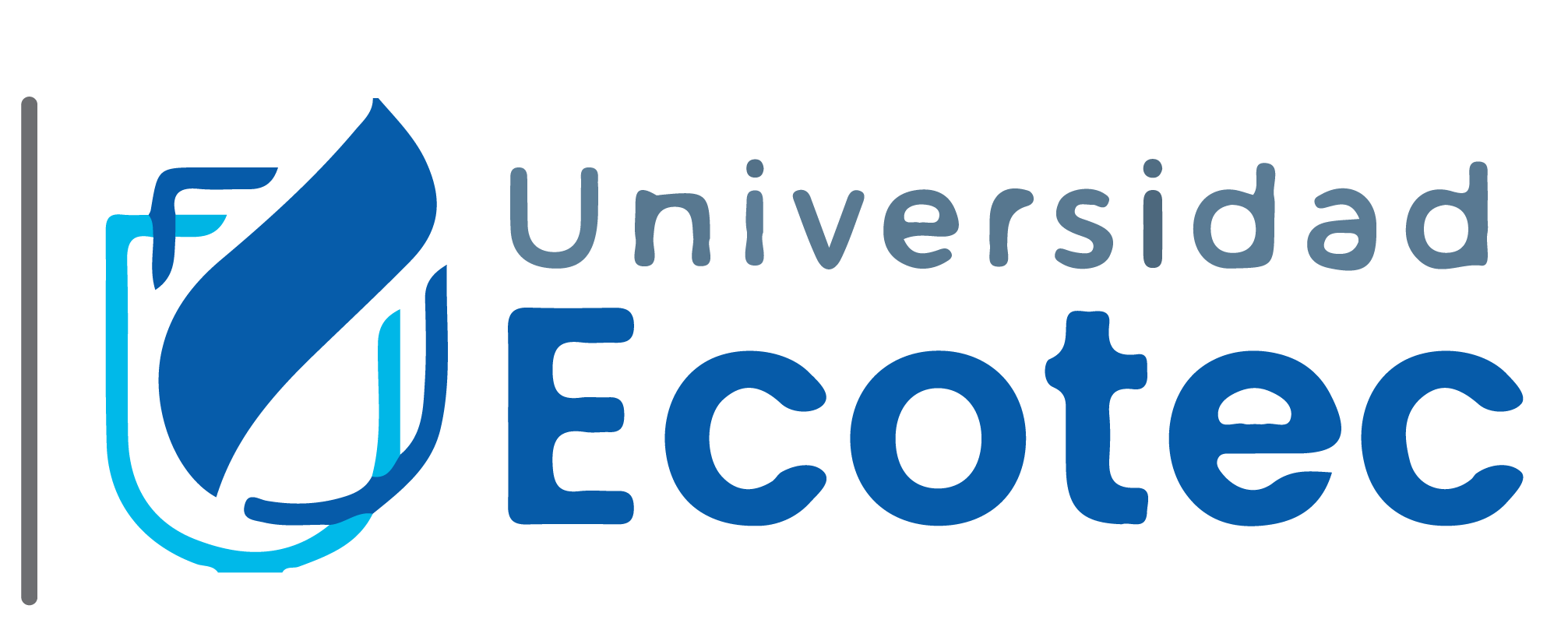Artículo
Work–life balance in the construction industry: a bibliometric and narrative review
Resumen
0
Autores | Ronda-Pupo, GA |
Título | Cuba-US scientific collaboration: Beyond the embargo |
Afiliaciones | Universidad Catolica del Norte; Universidad de La Frontera |
Año | 2021 |
DOI | 10.1371/journal.pone.0255106 |
Tipo de acceso abierto | Green Published, gold |
Referencia | WOS:000678124900067 |
Artículo obtenido de: | WOS |



